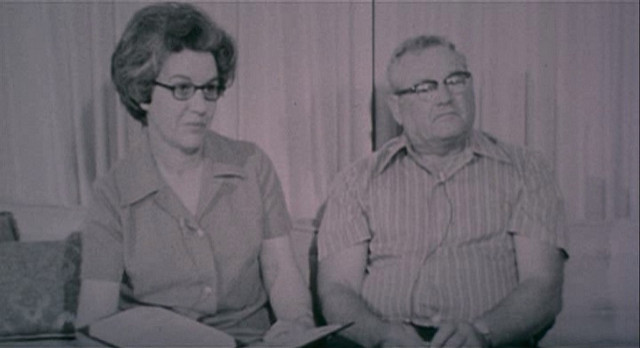
There’s a new generation of parents on block. They’re not the “cool” moms and dads who let their kids run wild, nor are they disciplinarians who shut down any mention of sex, drugs, or alcohol with a morality tale of dire consequences. Instead, these parents are simply trying to communicate.
According to an article by Maclean’s, “rather than telling their kids not to drink or do drugs or have sex, many of today’s parents, it seems, are choosing to educate them in how to drink, do drugs or have sex more safely.” For some parents this simply means not freaking out when their kids tell them about their experiences partying or having sex. One mother in the piece puts out a bowl of condoms for her 13-year-old son, and another buys her son pot candies so he won’t smoke the drug. As sociologist Frank Furedi told the Guardian of a British finding that a third of parents were unconcerned about their kids trying marijuana, “the old-fashioned parent is fast becoming a cultural minority.”
Research by sociologist Amy Schalet shows how parents in the Netherlands communicate with their children about sex by talking about using caution as well as contraceptives and staying true to their own sense of “readiness.” Many Dutch parents told Schalet they allow teenagers to have sleepovers with intimate partners to avoid secrecy.
As some lament the loss of old-fashioned parenting or believe new, more communicative parenting is irresponsible—a free pass creating out-of-control kids—it seems many believe shutting down the conversation is the worst thing any parent can do. Plus, as we learned in a previous “Clipping” on the research of Joel Best and Kathleen Bogle, kids these days are hardly as deviant as their parents were.



